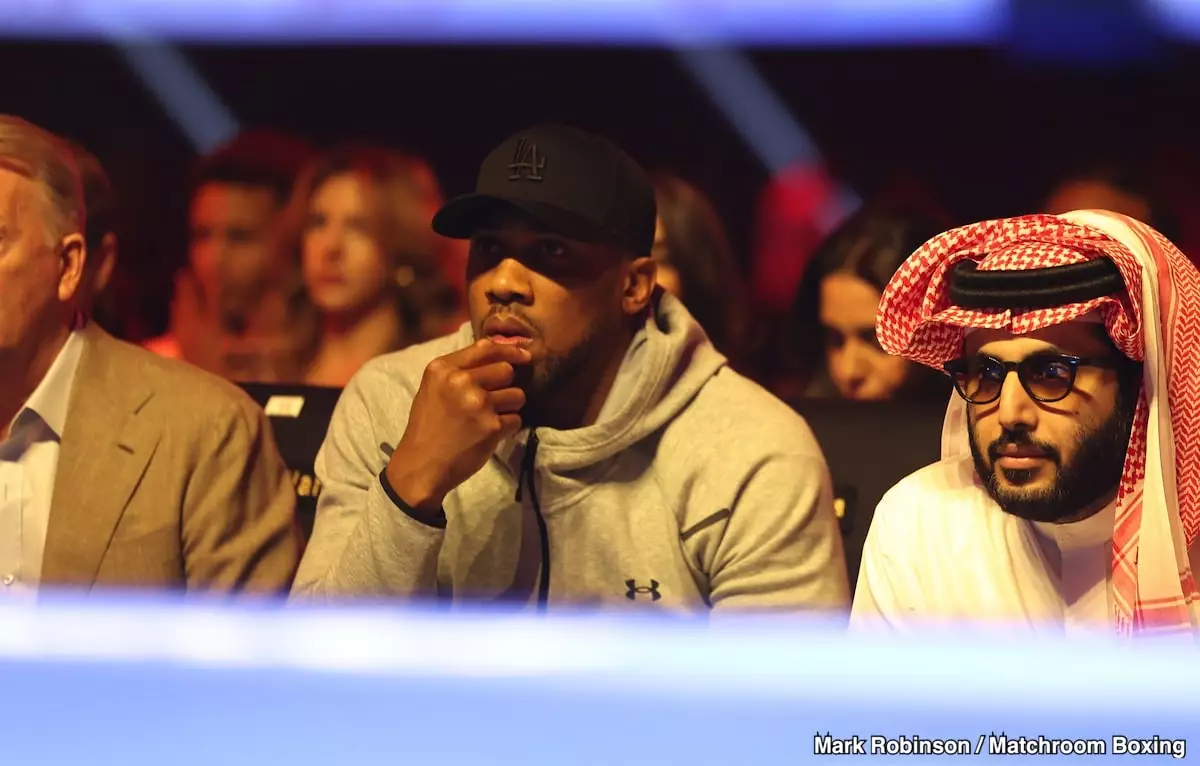Sparring holds a significant place in the development of a fighter, serving as a controlled environment where skills are honed and strategies are tested. However, it exists within a delicate moral framework—a sort of unwritten code—that dictates what happens in sparring should remain confidential. This principle becomes particularly pertinent as rumors and narratives can take on a life of their own, often overshadowing the essence of the sparring experience. This article delves into the nuances of sparring and examines its implications through the lens of a recent controversy involving heavyweight boxers Anthony Joshua and Daniel Dubois.
Sparring is, at its core, a training exercise. Fighters work with one another to sharpen their skills, working at varying levels of intensity. In an ideal session, both participants benefit, pushing each other to elevate their game. However, discrepancies in effort levels can sometimes lead to unexpected outcomes. The reality is that sparring can expose fighters to the unpredictability of the sport. It is a space where even the most accomplished can find themselves caught off guard—fleeting moments that can lead to legendary tales or mischievous rumors.
A prime example is the sparring match that occurred in 2016 between Joshua and Dubois. As the two prepare to face off in the ring again, stories have resurfaced surrounding their previous engagement, highlighting just how easily a story can morph into urban legend as it is passed along. The claims about Joshua’s performance, particularly concerning the supposed impact from a left hook thrown by Dubois, have rekindled the debate about how sparring sessions can be perceived and the narratives that can arise from them.
When evaluating the controversy, it’s crucial to consider the human element. As former Team GB fighter Anthony Fowler recalled, Dubois landed a significant shot that allegedly left Joshua momentarily disoriented. Fowler’s account contributed to the aura of a near-upset, but what is often overlooked is that these descriptions can be exaggerated or misinterpreted in the context of heightened emotions, competition, and loyalty to training partners.
Joshua himself has responded to the fallout. He stated that while Dubois landed a solid shot, he maintained his footing. “I don’t know where this whole narrative of someone turned my lights out came from,” declared Joshua, signaling not just a rebuttal but also an invitation to temper the interpretations that are emerging. His response underscores a larger issue at play: the tendency for stories to spiral into hyperbole and sensationalism, particularly when they involve well-known fighters and the stakes of their upcoming bouts.
The role of the media in shaping these narratives cannot be understated. Reports by individuals claiming insider knowledge paint a vivid picture that may or may not reflect the actual events. When sparring sessions are reported with sensationalist flair, they can stoke public anticipation and offer considerable hype for an upcoming fight—though this may stray from the truth of the events that transpired.
Fighter safety and performance preparation are paramount in boxing. However, as sparring tales emerge, the overshadowing narrative can distract from the preparation itself, taking the spotlight away from the fighters’ dedication and hard work. The orchestrations of media intrigue create a backdrop against which fighters are both elevated and scrutinized. The metamorphosis of sparring sessions into source material for headlines often leads to a disconnect between what should be considered private training and its public ramifications.
As the date for the Joshua-Dubois fight looms closer, the lingering tales of their past sparring encounter will likely feed into the narrative around their impending showdown. In boxing, perception can be as vital as skill, and cultivating a fighter’s image has become an intricate part of the sport. Regardless of their histories, what unfolds in the ring will take precedence. While the shadows of sparring may linger, the essence of boxing remains in the fight itself.
The world of sparring is multifaceted, bound by traditions yet susceptible to the storytelling whims of those connected to the sport. As fans, analysts, and fighters prepare for an upcoming match, it is crucial to recognize the distinct line between preparation and performance—one forged in training, the other realized under the bright lights of competition. Regardless of past sparring moments, it is the fighters’ true capabilities in the ring that will ultimately define their legacies.

